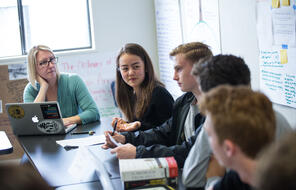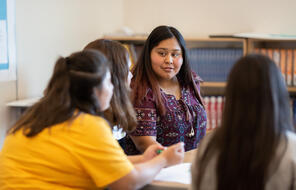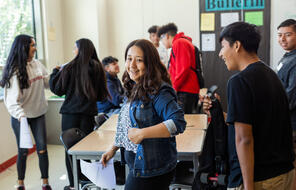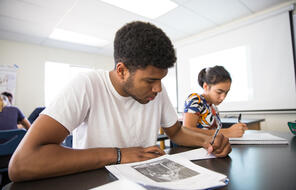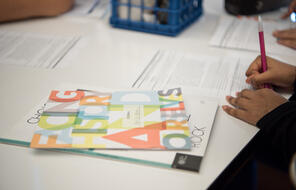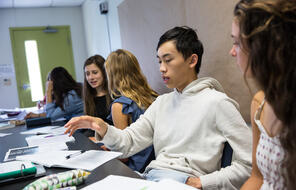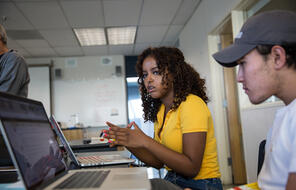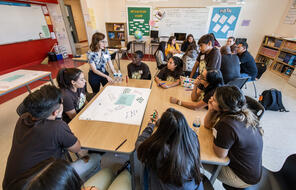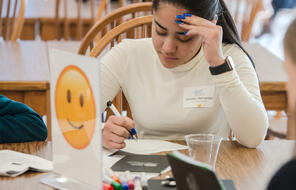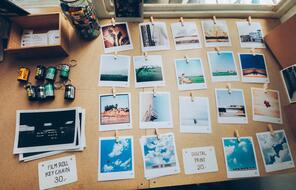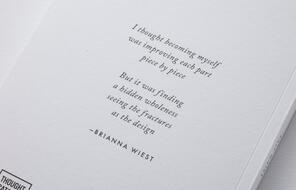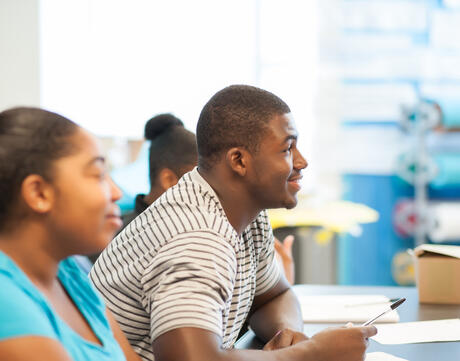
Three Good Things
Subject
- Advisory
- Civics & Citizenship
- English & Language Arts
- History
- Social Studies
Grade
6–12Language
English — USPublished
Updated
Overview
About The Three Good Things Exercise
This exercise helps students practice gratitude, an important component of well-being. Students intentionally focus on positive thinking by naming and recording three good things they have experienced or witnessed that day. On Twitter and Instagram, people around the world use #threegoodthings to share their own “three good things.”
Preparing to Teach
Procedure
Steps for Implementation
Variations
Unlimited Access to Learning. More Added Every Month.
Facing History & Ourselves is designed for educators who want to help students explore identity, think critically, grow emotionally, act ethically, and participate in civic life. It’s hard work, so we’ve developed some go-to professional learning opportunities to help you along the way.
Exploring ELA Text Selection with Julia Torres
On-Demand

Working for Justice, Equity and Civic Agency in Our Schools: A Conversation with Clint Smith
On-Demand

Centering Student Voices to Build Community and Agency
On-Demand


